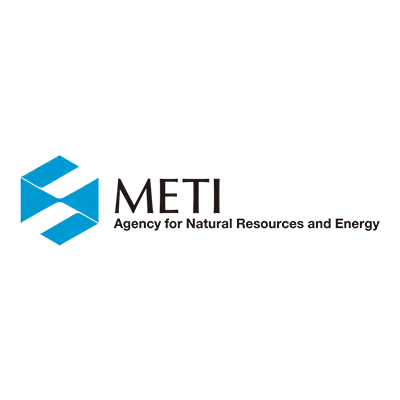2-3 December 2025
Tokyo
09:00 – 09:20
Opening Speech

Tomoshige Nambu
Ministry of Economy, Trade and Industry (METI)
Mr. Tomoshige NAMBU has served as the Director for IT Industry Division at the Ministry of Economy, Trade, and Industry (METI) in Japan since July 2025. He leads METI’s AI and semiconductor strategy.
Prior to his current position, he spent 3.5 years in NYC and Washington D.C. from December 2021 to June 2025, serving as Special Advisor for METI at the New York Office of the Japan External Trade Organization (JETRO). He was a senior METI representative in the US, covering trade and economic security policies.
During a more than 20-year career at METI, Mr. Nambu has held responsibilities across a diverse range of public policy areas. He was involved in the formulation of Japan’s economic policy in 2018-2021 as the Director for Macroeconomic Policy at METI. He also assumed the duty of Cabinet Counselor, drafting policy proposals on economic growth strategy under the direction of the Prime Minister’s office.
He was stationed in Washington D.C. as the Trade Attaché at the Embassy of Japan in the U.S. from 2012 to 2015 and worked on several bilateral trade issues such as TPP and energy exports from the U.S.
He joined METI in 2002 after receiving a Bachelor of Law from the University of Tokyo. He also holds an L.L.M from Harvard Law School. He served as the Asia Program Fellow at the Rajawali Foundation Institute for Asia in Harvard Kennedy School in 2009-2010. He currently lives in Tokyo with his wife.
Ministry of Economy, Trade and Industry (METI)
Company Profile
METI has been transforming itself to respond to the needs of the times.
METI has a history of responding to the changing needs of society. Therefore, its history is the history of Japan’s progress.
In 1949, the Ministry of Commerce and Industry was reorganized and the Ministry of International Trade and Industry was established. Its internal subdivisions consisted of eight bureaus: Minister’s Secretariat, Trade Bureau, Trade Promotion Bureau, Enterprise Trade Bureau, Textile Trade Bureau, General Merchandise Trade Bureau, Machinery Trade Bureau, Chemical Trade Bureau, and Iron and Steel Trade Bureau.
In addition, four agencies, the Resources Agency, Small and Medium Enterprise Agency, Industrial Technology Agency, and Patent Office; eight regional trade and industry bureaus; and four regional coal bureaus were established as external subdivisions.
